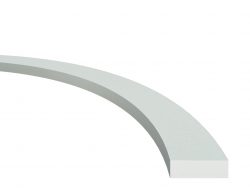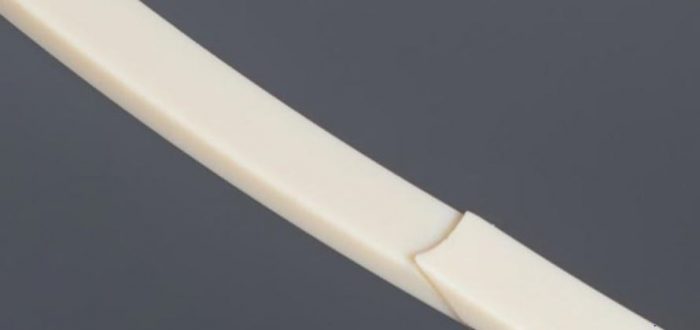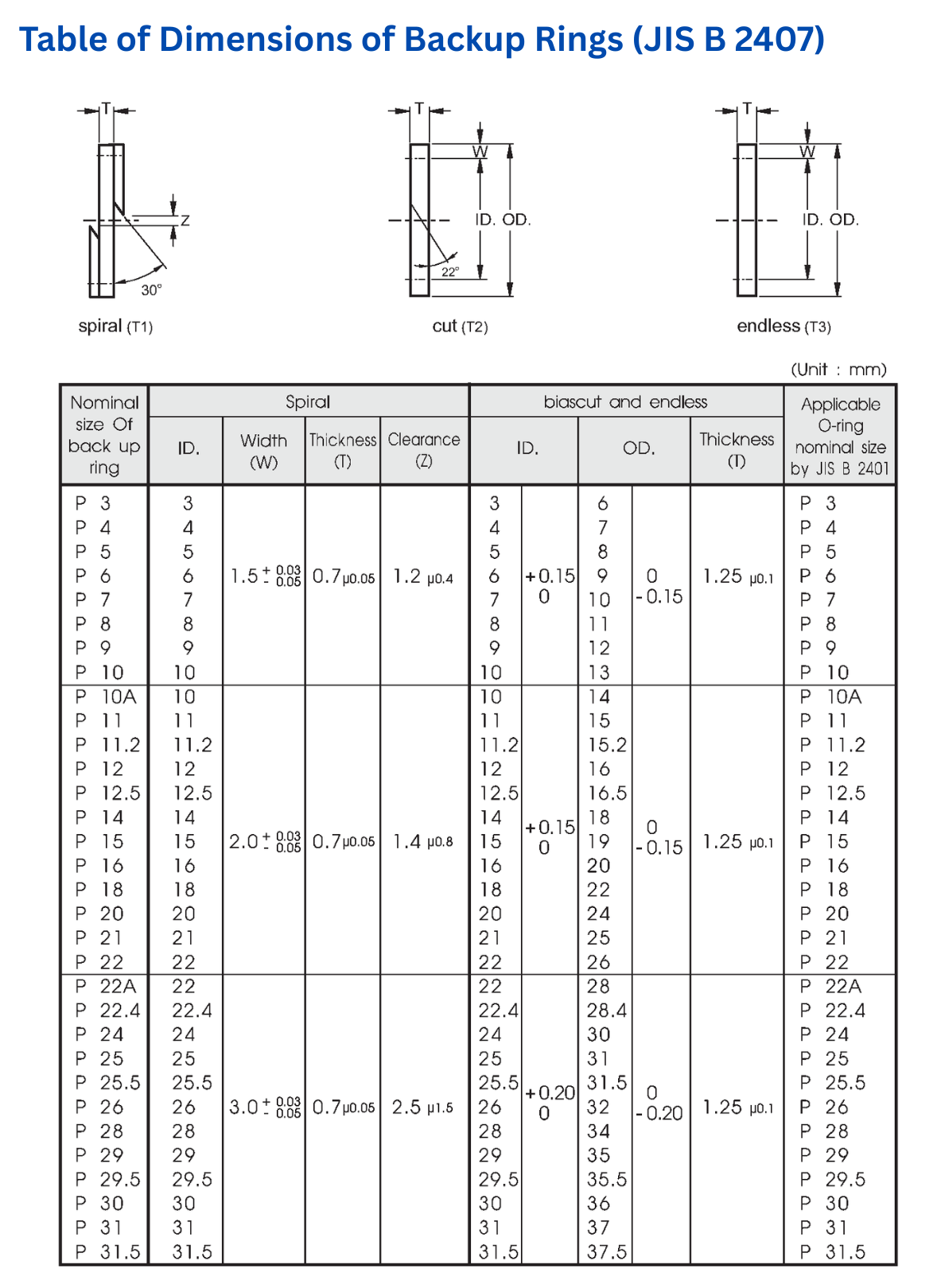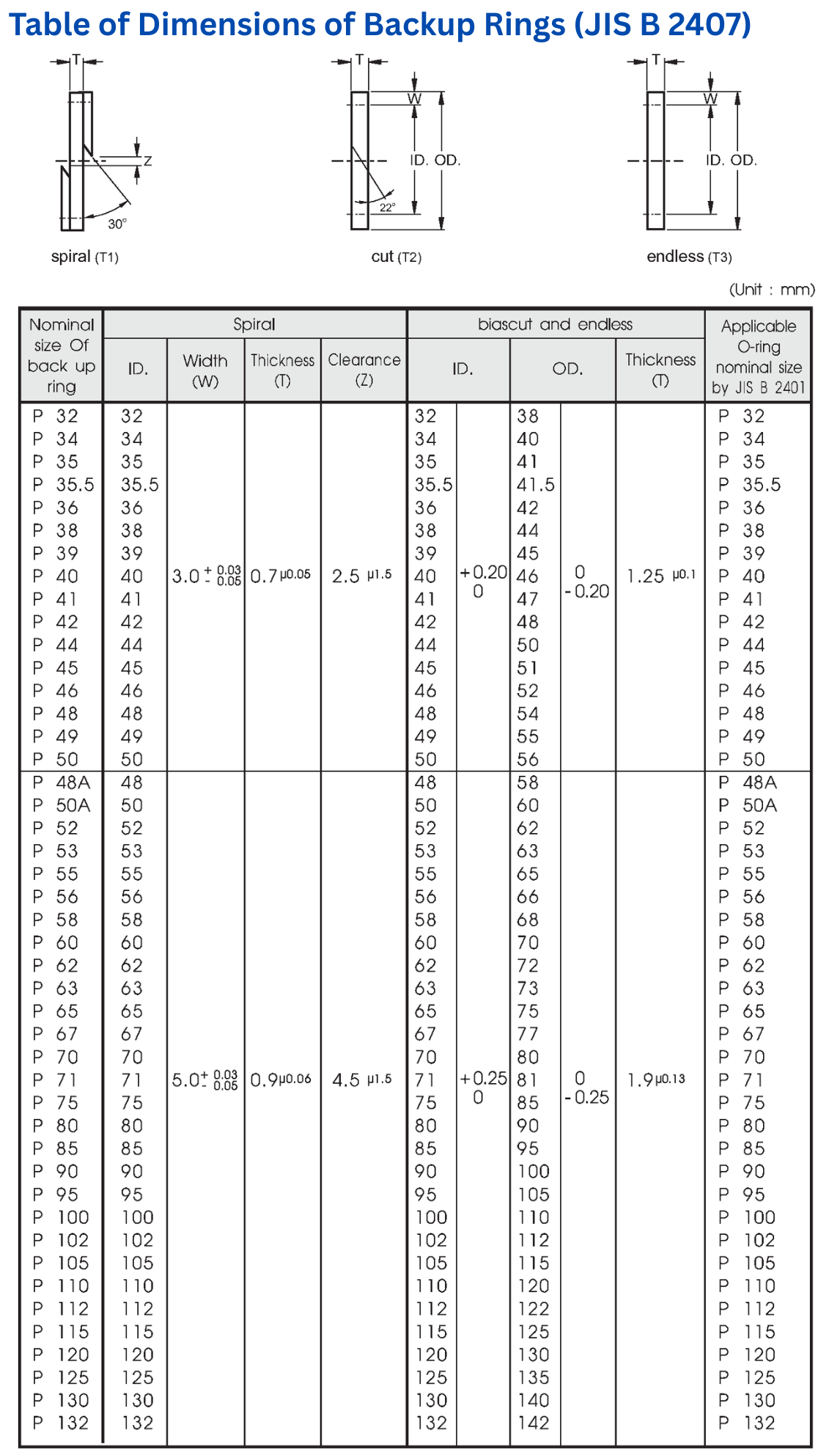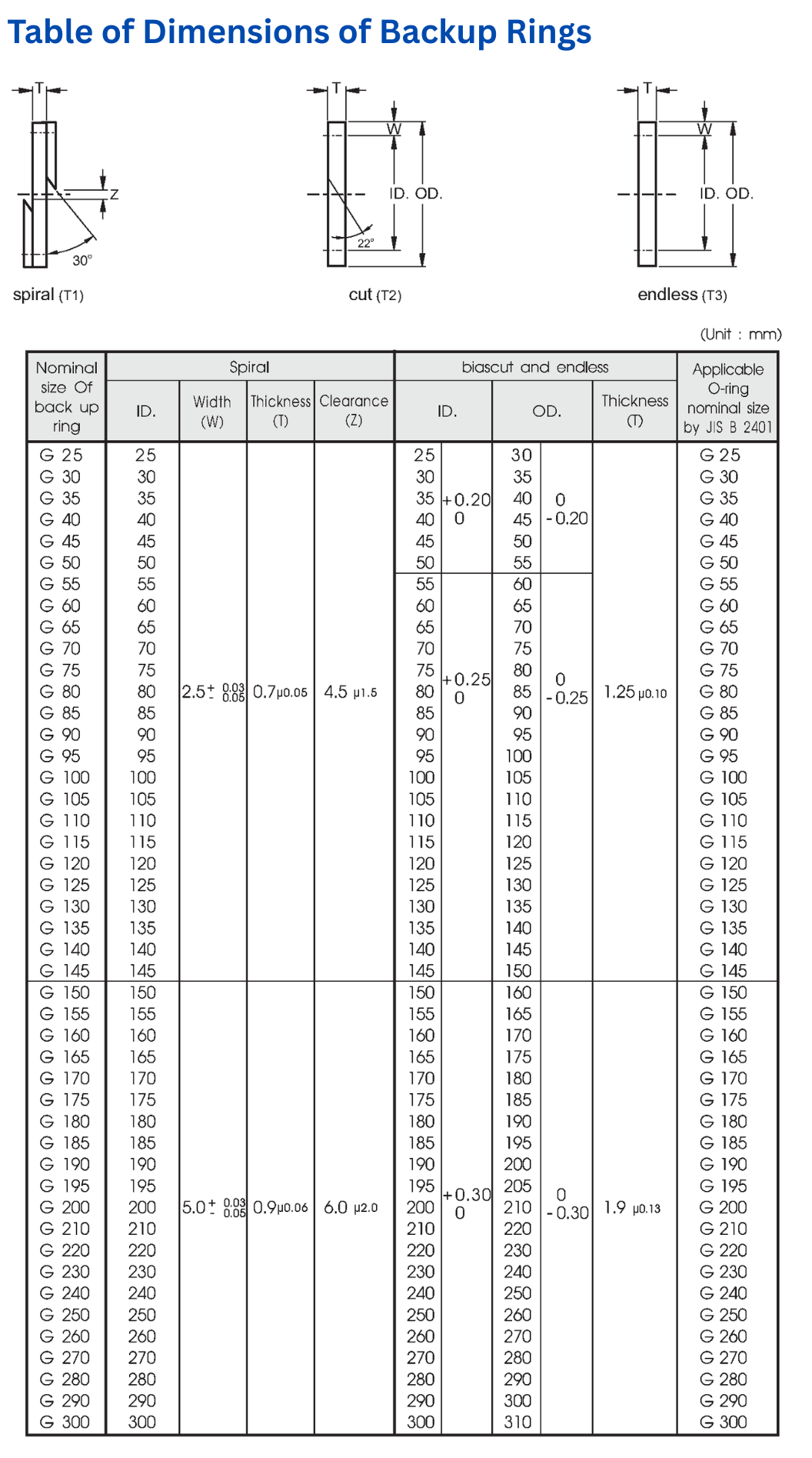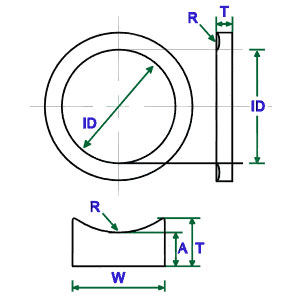
In a sealing application, backup rings provide added extrusion resistance and prevent damage to o-rings and seals when subjected to high pressures, larger extrusion gaps, and/or high temperatures.
Extrusion failure is one of the most common types of o-ring failure. When the internal pressure of an application becomes too great, the o-ring will actually extrude into the clearance gap. This extrudate will quickly be nibbled away causing a loss of material, and once sufficient material is lost, seal failure will quickly follow.
There are three options to prevent this, the first of which is to reduce the clearances to lower the extrusion gap. This is obviously an expensive option, so a cheaper solution is to raise the durometer of the o-ring. Even though a higher durometer o-ring offers superior extrusion resistance, this is often not a feasible solution due to material availability, and to the fact that harder durometer materials have limited low-pressure sealing ability. The last and best option is the addition of a backup ring. A backup ring is a ring of hard, extrusion resistant material such as high-durometer Nitrile, Viton® (FKM), or PTFE.
A backup ring is designed to fit between the o-ring and the extrusion gap and prevent the extrusion of the o-ring. Depending upon the direction of pressure in the sealing application, you can either use one backup ring or two backup rings. If unsure, it is always best to use two backup rings per one o-ring.
Basically, there are 4 types of back-up rings: flat/uncut, split/angle cut, spiral and contoured back-up rings. PTFE is considered to be the most commonly used material for back up rings. NBR rubber back-up rings are generally for contoured back-up ring to conform to an o-ring.
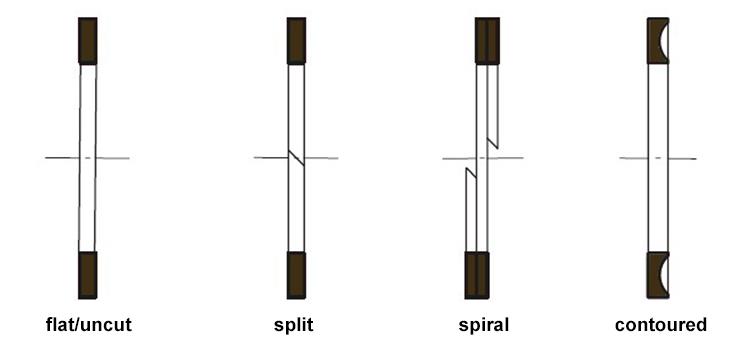
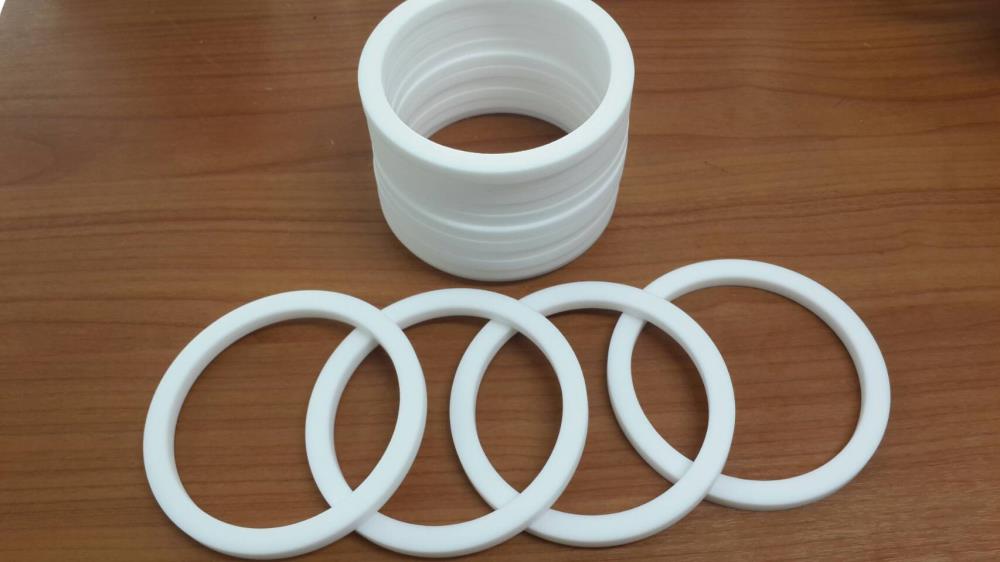
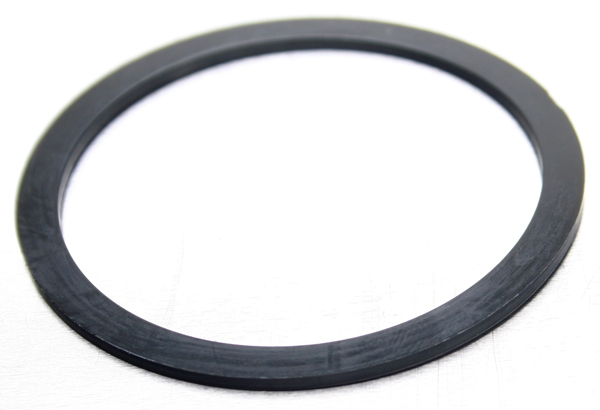
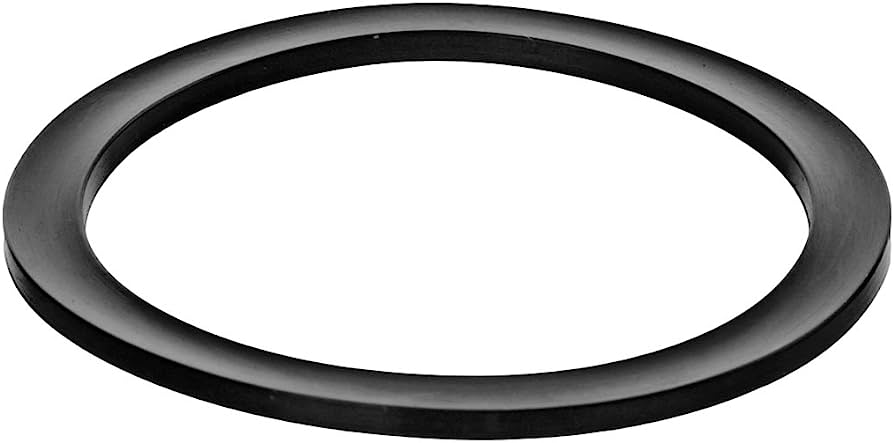
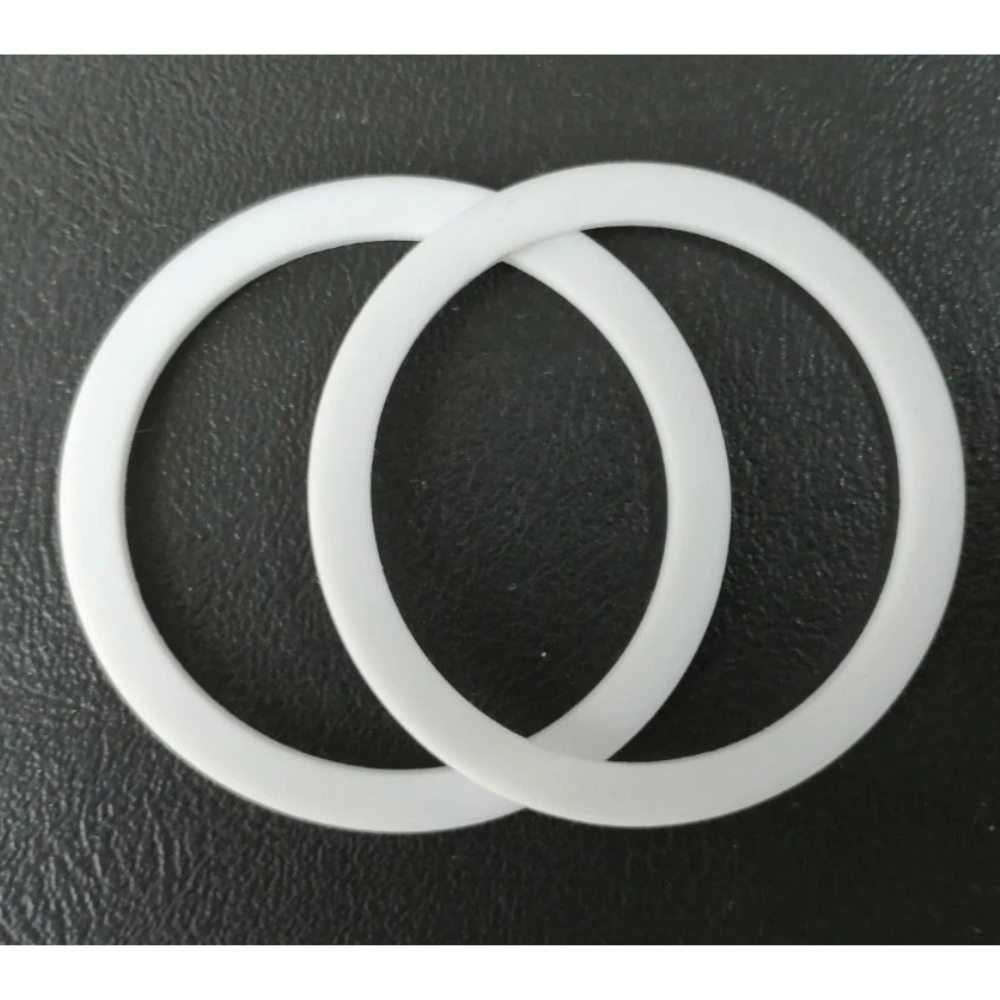
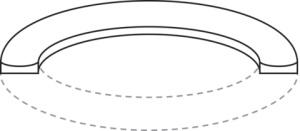
A Back-up Ring is an inflexible ring that holds an elastomeric seal to its outlined shape and in its right place. They are also called Anti Extrusion Rings and are typically used with O Rings to eliminate extrusion at high pressures.
For single acting applications – 1 Back-up Ring is sufficient, however for double acting applications – 2 Back-up Rings are necessary in order to prevent extrusion on both sides.

There are 3 types of PTFE Back-up Rings: Solid, Single Turn and Spiral Cut.
